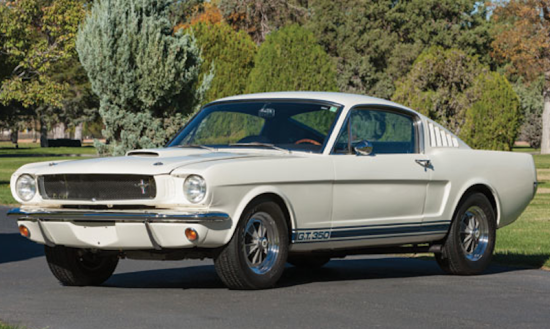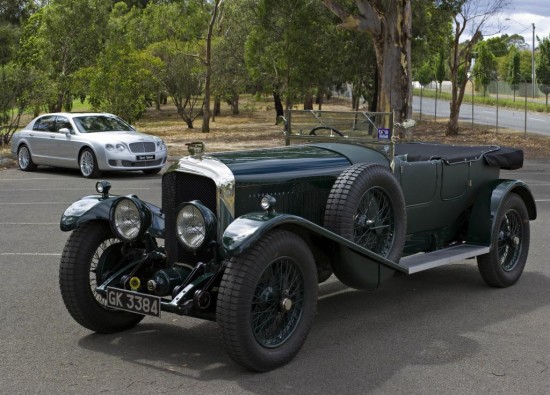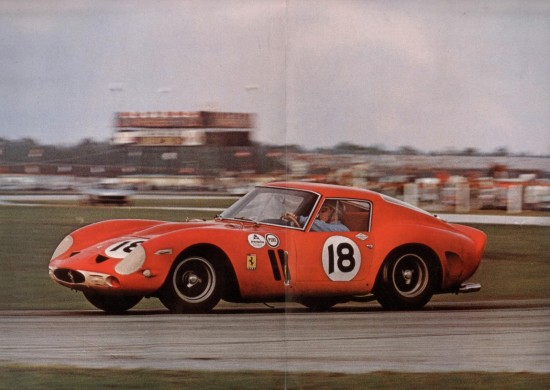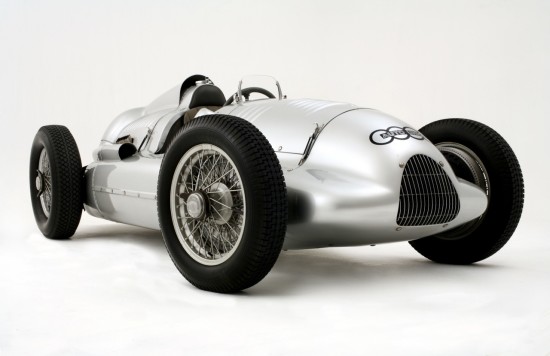by Mike –
When a classic car model reaches a value level where creating a fake car can be profitable then dishonest people may take dishonest action by passing off a fake as a real car.
Shelby GT350
It is easy to buy a 1965 or 1966 Mustang Fastback and put all of the Shelby parts on the new car and make it look and drive just like a real Shelby GT350.
Why isn’t this a big problem? Because all a buyer need do is note the Shelby VIN and the Ford VIN on the car in question and then contact the Shelby American Automobile Club (SAAC) and see if the two numbers match in their database, which they will check for free for members. If yes then it is a real car if no then it is a fake. The SAAC also publishes a World Registry that “protects the authenticity of all Shelbys and Cobras, and this directly reflects their overall values” according to the SAAC web site.
What about the Shelby Cobra? It is also easy to make a fake Cobra as evidenced by all of the Cobra clones made over the past few decades – except for the SAAC history. A prudent buyer should check the VIN number and the car history with SAAC before buying.
1930 Bentley Speed Six – A Real Case
American lawyer Mercedes Brewer, 67, purchased the 1930 Bentley Speed Six from a UK dealer specializing in vintage cars. It was not until after she made the £425,000 ($642,150) purchase that she discovered the car had undergone some heavy modifications and had been altered to the point that the only remaining original feature of the Bentley was a small section of the chassis. The car didn’t even have the Speed Six engine.
The car dealership who sold her the car was ordered to pay £84,000 ($126,915) as the vehicle was deemed by the judge to be ‘no longer capable of being accurately described as a 1930 Bentley Speed Six car’.
From a news report dated October 2010.
Why would a dealer take advantage of a little old lady? – Money that’s why.
Ferrari
Analogous to this is the cloning of certain cars starting with a similar chassis and engine such as converting a Ferrari 250 GTE into a Ferrari 250 GTO. The difference between the “E” and the “O” in the model name is worth more than $35 million. I think it would be nearly impossible to pass off a fake GTO as a real car because there were only 39 real GTOs made and they are all known and accounted for.
I use this as an extreme example because an expert constructor could make a GTO that is identical to an original GTO except for the history records. A more realistic example would be converting that GTE into a Ferrari Spider California or some other Ferrari from the late 1950s or early 1960s. There is less profit but it is still substantial. The Ferrari Classiche program has the potential to eliminate the problem of fake Ferraris, for a price.
Barn Finds
The growth in the “barn find” industry sets up the possibility of fake cars being “discovered” and then sold as the real deal. This can be problematic if there are no reliable historical records from the manufacturer or there is not an organization like the SAAC or a program like Ferrari Classiche to verify authenticity. It is even more profitable when there is a significant car that is missing. The missing cars quite often are race cars that were destroyed or discarded when their racing careers were finished. A famous lost race car creates opportunities for unscrupulous people.
A barn find Mercedes 300 SL Gullwing with an alloy body sold last year at the Gooding auction in Arizona for $4.2 million. The difference in value between an alloy body and a steel body 300 SL Gullwing is enough now that it certainly creates the profit potential to take the steel body off of a real 300SL Gullwing, install an alloy body, find a way to create a believable document trail and sell it for a multimillion dollar profit. This may not be possible because of the documentation of these cars but I wouldn’t be surprised if someone has thought about it.
Auto Union D-Type Silver Arrow – A Happy Ending
There is the well publicized case of Auto Union D-Type Silver Arrow that was up for auction by Christies in 2007 at the Retromobile exhibition in Paris. At the last minute they pulled the car because of some questions about its authenticity. It turned out to be a real Auto Union D-Type Silver Arrow but was chassis no. 19 and not no. 21, which won the French Grand Prix in 1939. This car was subsequently sold in Carmel, California by Bonhams in 2009.
Imagine how embarrassed everyone would have been, not to mention the financial problems, if No. 19 would have been sold as No. 21? This was an honest mistake but it proves the point of the difficulty of determining the history of a specific car. This race car is now in the Audi museum which is a great place for a car of this stature.
What About Clones?
A clone is a replica of a more valuable car that the creator represents as a replica, not an original. But what happens years later after several ownership changes? Is it possible that an unscrupulous owner could change the history of a clone car, that was originally presented honestly, and now present it as a real car? Yes, this could happen and probably has happened.
There can be many victims in a situation like this. The current owner could be someone who bought the car from a seller who also believed it to be real. When the current owner discovers he owns a clone instead of a real car he will likely seek compensation from the person he bought the car from, who is now also a victim. The legal issues can become complicated.
I think there are many opportunities for fake cars in the American Muscle Car market.
Art
The art world has had a problem over the years with fake art. I remember reading that Salvador Dali was paid money to sign several blank canvases. While this is not as easy in the car world this does present a problem for a buyer, or seller, of Dali art.
An article from the New York Times had this to say about fake art,
The resale of fakes is a persistent and growing problem without a good solution, say collectors, dealers, artist estates and law enforcement agencies. Although the Federal Bureau of Investigation can seize forgeries in criminal cases, these represent only a tiny portion of the counterfeit art that is circulating.
“They churn through the market,” James Wynne, an F.B.I. special agent who handles art forgery cases, said of fakes.
Questions for you:
What do you think are the classic cars most susceptible to faking?
Do you think this is a big problem?
Have you had experience with a fake car?
Let us know in the Comments.








I think cars with least traceable history are the easiest to clone. Many domestic muscle cars are very susceptible. With so many parts available, a good share of Mopars and GMs could literally be built from the ground up.
I buy and sell Alfas. Not expensive ones but the fairly priced Spiders. I still do due diligence before every single purchase. I’m not comparing myself to the mega$$ collectors. But because theirs is a much significant investment, more work needs to be done in terms of research. Caveat emptor, as the saying goes…
Agreed – buyers need to do their research and get help from experts if needed – that is the main reason why I wrote this Post.
where are you located I just found a nice spider in ct needs some work, cosmetic, seems to run well.
I’m in Los Angeles area. Thanks Art.
There is no excuse for any one tampering with a vin just to turn a buck. When I was 17 I bought a 1969 plymouth satellite cheap planing to build a 19691/2 road runner 440 six barrel clone or tribute a couple people told me hey you know how easy it would be to go beyond that people told me about road runners rusted into oblivion jerk the tags apply for a title MAN GET REAL OH YOU MEAN RIP SOME POOR GUY OFF NO I DON’T THINK SO PAL…I lost interest in the project lack of funds that sort of thing …but if I had been able to follow through with it and ever had sold it IT WOULD HAVE SOLD AS NOTHING MORE THAN A SATELLITE besides let the guy who don’t have a MEGA HUGE bank account or even the desire to own the real thing I mean how many people drive there real 1970 or 71 R code hemi cuda …nothing wrong with a tribute car BUT DONT MESS WITH THE VIN..TRIM TAG…E.T.C.